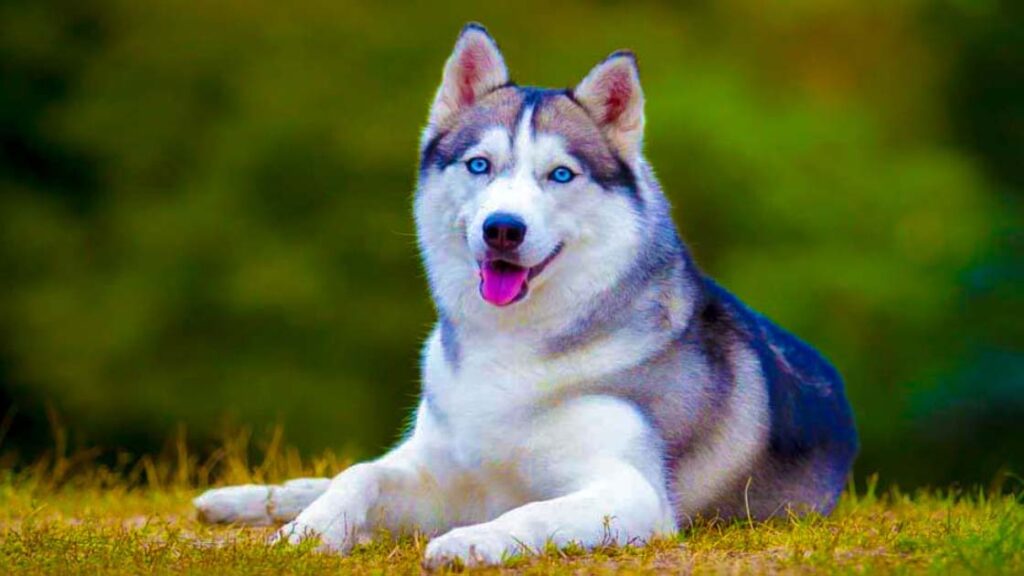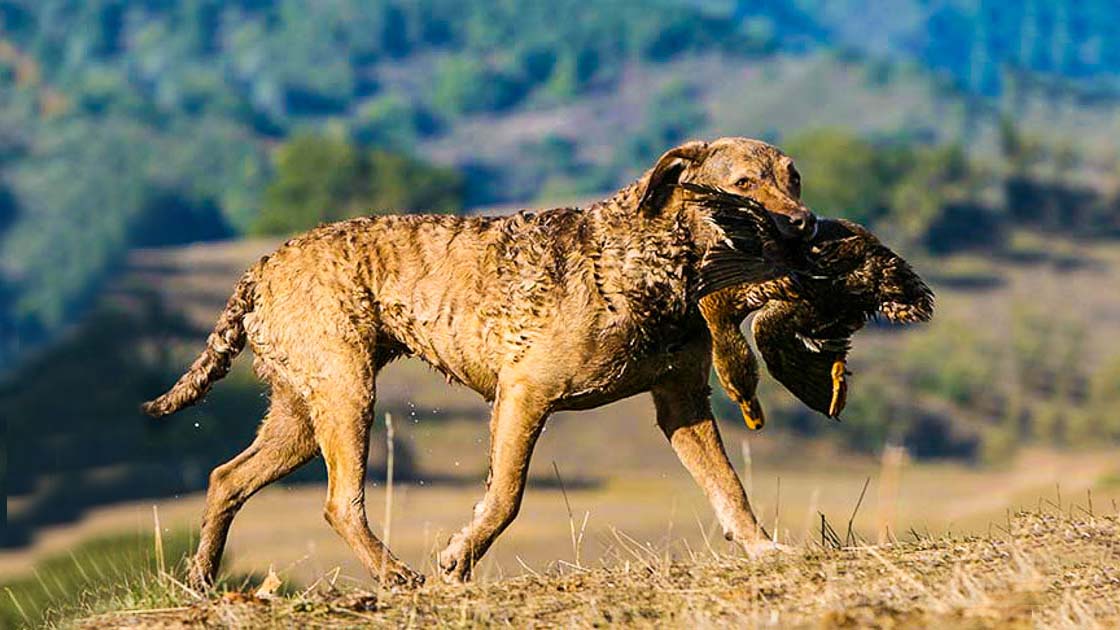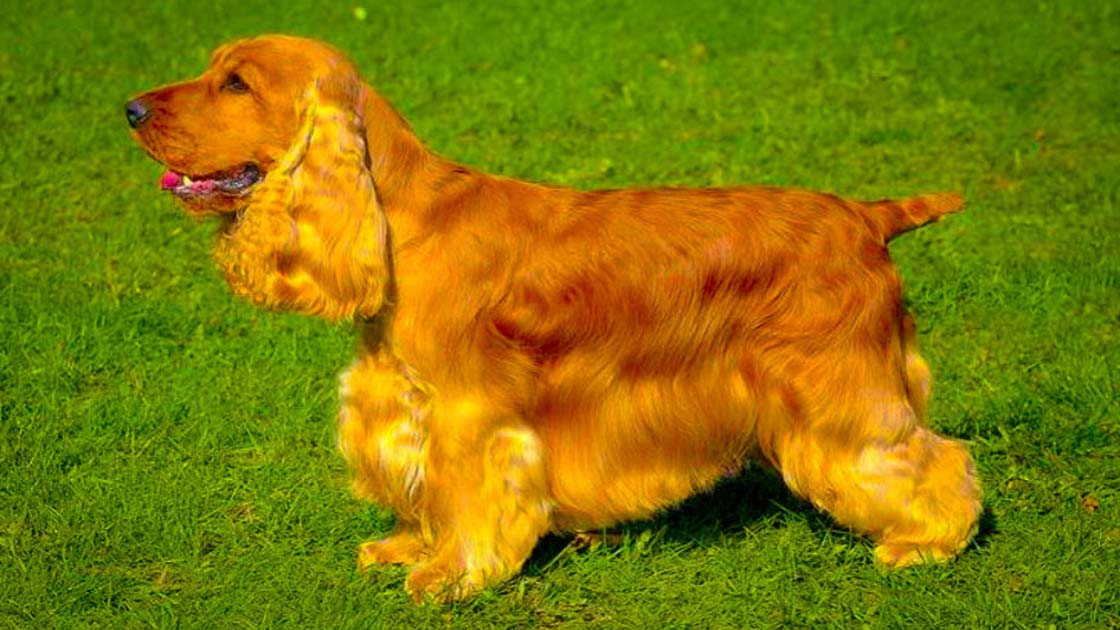Siberian Husky
Origin: Russia (Siberia)
Popularity Rank: 16 Since 2020
Life Span: Siberian husky lifespan 12-14 years
Color: The primary colors of Siberian husky dog are pure steel blue, cooper red, brindle, grey, and black and white.
Size: Siberian husky is medium
Height: The Siberian husky height of a Male dog is 21–24 inches (53–61 cm) and a Female height is 20–22 inches (51–56 cm)
Breed Group: Siberian Husky dog belongs to the working group.
Siberian husky price: Its Price ranges are from $600 to $1300 USD.
Weight: The Siberian husky weight of a male dog breed is 45 to 60 pounds and the female dog weight is 35 to 50 pounds.
Siberian Husky History
The Siberian Husky dog is also known as Husky or Sibe. The indigenous Chukchi people of northeastern Asia are the ancestors of the Siberian Husky, who have a long and illustrious history. These people relied on sled dogs to survive and thrive in the hostile Arctic. The Chukchi carefully trained their dogs for stamina, power, and the capacity to lug huge burdens over great distances in the bitter cold. The Siberian Husky attracted worldwide recognition in the early 20th century when some dogs were instrumental in the “Great Race of Mercy,” a campaign to save lives. A diphtheria outbreak hit the isolated Alaskan village of Nome in 1925.
The Siberian Husky dog is also called Chukcha and Chuksha, which belongs to a working sled dog breed that originated in Eastern Siberia. The Siberian husky common name is Siberian Husky. They are members of the Spitz genetic family. In Siberia, Siberian Huskies were first bred as working dogs.
Furthermore, in the late 1800s and early 1900s, during the height of the Alaskan Gold Rush, the Chukchi people were recruited to the state to pull sleds. They competed in sled-dog races with other dogs like Alaskan Malamutes and Samoyeds. Eventually, the American Kennel Club recognized it in 1930, and the Siberian Husky Club of America was established in 1938. In America, the Husky is currently the 14th most common dog breed.
Siberian Husky Qualities
This dog breeds frequently exhibits independence, a drawback for service dogs. Teaching violent behavior can cause mental disorders in Siberian Huskies dogs. They can be hazardous to the owner. Furthermore, this dog is intelligent due to its independence, impulsivity, and inattention. This breed of dog is very stubborn. They are smaller than similarly shaped Alaskan malamute.
The Husky frequently howls instead of barking. These dogs are classified as escape artists because they can dig under, chew, or even jump over fences. They have calm and friendly personalities. To conclude, these dogs are not security dogs, and Siberian Huskies are not aggressive dogs toward humans. These dogs are show dogs and family pets.
Siberian Husky puppies
Siberian Husky puppies are undeniably adorable and captivating with their striking appearance and playful antics. These bundles of joy are known for their boundless energy and love for outdoor activities. Siberian Husky puppies have a friendly and sociable nature, enjoying the company of their human family and other dogs. Their bright blue or multicolored eyes are a trademark feature that adds to their charm.
These puppies possess a mischievous streak and a curious spirit, always exploring their surroundings with enthusiasm. As they grow, Siberian Husky puppies develop into intelligent and loyal companions, ready to embark on adventures with their loving owners.
Siberian Husky Body
The Siberian Husky dogs are distinguished by their heavily furred double coat, high triangular ears, and striking markings. They have white feet and legs and brown, hazel, or blue eyes. Breeds might have brown or hazel eyes. Siberian husky with blue eyes look beautiful.
In addition, Siberian husky dogs have triangular, well-furred, upright ears. Serbians who are in good health do not smell. The dog’s coat color affects the color of its nose. It is black in grey, tan, or black dogs; in copper dogs, liver; and in pure white dogs, flesh. The medium-sized, oval-shaped eyes can be any color—blue, brown, amber, or any mix—and are moderately spaced.
In addition, the Siberian Husky dog has a distinctive and memorable body type. They are graceful-looking, medium-sized canines with well-muscled bodies. Their thick double coat, which helps shield them from frigid temperatures, is one of their distinguishing characteristics. Their blue or multicolored almond-shaped eyes give them a seductive and enticing appeal.
Furthermore, the upright ears of Siberian Huskies increase their level of awareness and focus. They have straight, muscular backs and bushy, well-furred tails carried over their back in a graceful curve. They are excellent at sledding and running thanks to their muscular and agile frame. The body of the Siberian Husky dog is an exceptional combination of beauty, strength, and adaptability.
Coat
The Siberian Husky dog has two coat types: a tight, cashmere-like undercoat and a longer, rougher topcoat of straight guard hairs. Although, once or twice every year, on average, they lose their undercoat. The remaining coat can be any color, but the face mask and underbody are typically white. Standard colors include black with white, red with white, brown, grey with white, silver, wolf-gray, sable with white, red-orange with black tips, and dark grey with white. Piebald is a popular coat pattern. The medium-length, double coat is thick and resistant to -58° to -76° F (-50° to -60° C) temperatures.
A woolly coat, a longhaired coat variation, is also offered. The woolly coat length, which can also be spelled woolly or Wooley, is caused by a recessive gene and is not included in most of the kennel club’s written standards. All coat colors are available, from pure black to white, with or without head markings.
Siberian Husky Health Issues
Like any breed, Siberian Huskies are susceptible to some health issues. Although not everyone may contract these ailments, it is vital to be informed of possible problems that might afflict Siberian Huskies. Hip dysplasia, an orthopedic illness affecting the hip joint, progressive retinal atrophy, cataracts, autoimmune diseases, and hypothyroidism are a few of the breed’s typical health issues.
The condition known as exercise-induced collapse, characterized by weakness or collapse following vigorous physical activity, may also affect Siberian Huskies. Like any other breed, Siberian Huskies are prone to many health issues. The following are some common diseases and conditions that Siberian huskies may contract: The Siberian husky dog is prone to allergies, cancer, hip dysplasia, glaucoma, ectopy, juvenile cataracts, corneal dystrophy, and crystalline corneal opacities.
Treatment
The health of Siberian Husky dog depends on proper medical treatment. For monitoring their general health, identifying any potential problems, and ensuring that vaccines are current, routine veterinary examinations are essential. Siberian Huskies are typically a healthy breed.
However, they can be predisposed to illnesses like autoimmune disorders, hip dysplasia, and eye issues like cataracts and progressive retinal atrophy. They are an energetic breed. Maintaining their general health and weight is aided by good nutrition, which includes eating a balanced diet suitable for their age and level of exercise. The thick double coat of Siberian Huskies needs to be brushed frequently to avoid matting and control shedding.
For More Details Contact Us [icon name=”phone-volume” prefix=”fas”]







